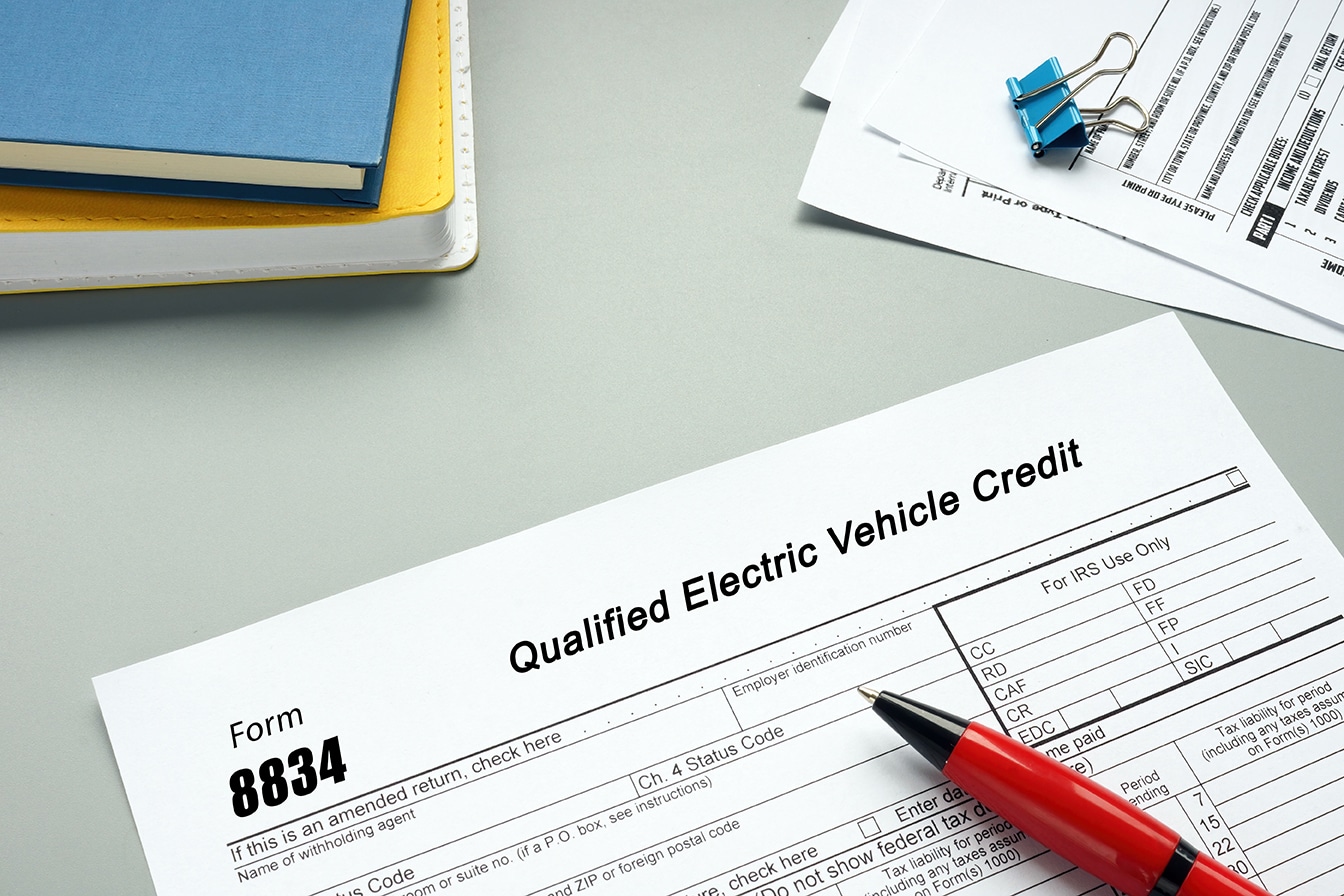Many of the cars that are on sale today come with a wide range of features. Depending upon the model, you may have the option to choose between AWD and 4WD. They are not the same thing. Even though it can be confusing for some to understand the differences between them, let's go over each system in detail so that you can make an educated choice about which vehicle will suit you best.
What is All-Wheel Drive Exactly?
All-wheel drives mean that the same powertrain powers both the front wheels and the rear. A full-time AWD option will move all four of the wheels continuously. A part-time system operates in its 2-wheel drive mode for most of its life, but it occasionally switches to AWD for better traction.
AWD is a feature that allows the driver to control the system without having to interact with it. The torque will be delivered to the wheels by a series of differentials.
What is Four-Wheel Drive?
Four-wheel driving is a feature you will typically find on larger vehicles like SUVs or trucks. It works by using several differentials, both frontal and central, and transfer cases or couplings to transfer power between all four wheels.
4WD technology will send torque as needed to all of your wheels. It works in both full-time and partial-time modes, just like AWD. You can also choose between high or low speeds while driving. This can usually be set up via an electronic switch. Your low setting can provide the best level of traction. However, a high setting is more beneficial for only slightly slick roads, such as sand or gravel.
Reliable Toyota welcomes you to come by and learn more about AWD and 4-wheel drive. If you prefer, you can call us during our business hours. We'll connect with an expert to answer all your questions.
 The federal Clean Vehicle Credit provides up to $7,500 in tax savings for qualifying electric vehicle purchases. This incentive is scheduled to expire on September 30, 2025, unless renewed by Congress. There is also a separate tax credit for installing a home EV charger available through June 30, 2026. Planning your purchase around these deadlines can maximize your savings.
The federal Clean Vehicle Credit provides up to $7,500 in tax savings for qualifying electric vehicle purchases. This incentive is scheduled to expire on September 30, 2025, unless renewed by Congress. There is also a separate tax credit for installing a home EV charger available through June 30, 2026. Planning your purchase around these deadlines can maximize your savings.